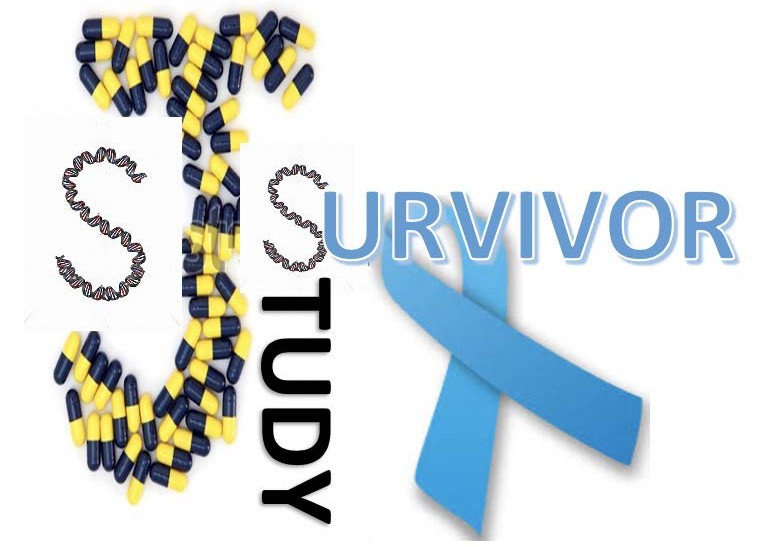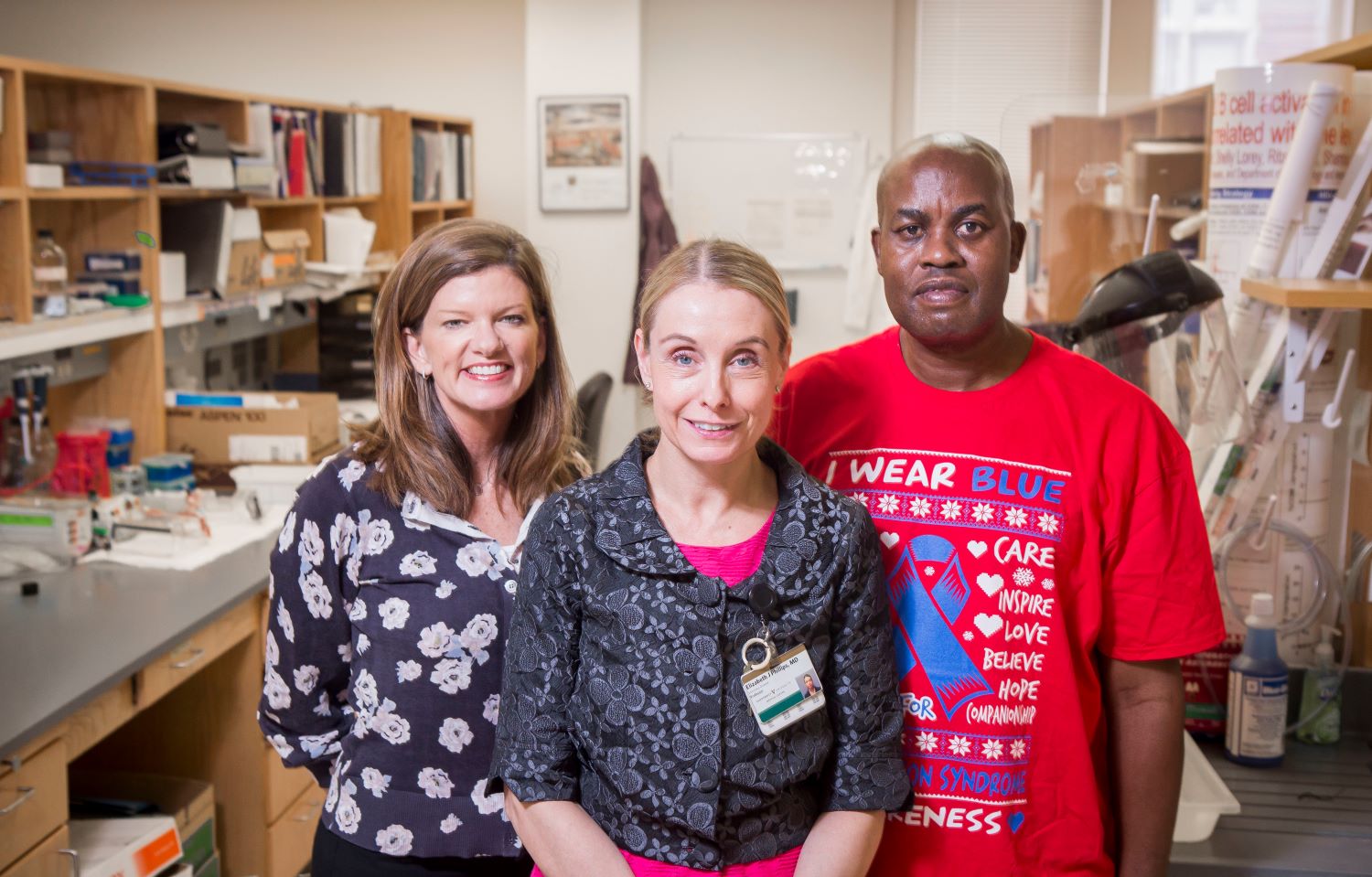
Stevens-Johnson syndrome/toxic epidermal necrolysis (SJS/TEN) survivor study
Assessing the genetic risk and long-term outcomes associated with SJS/TEN
About this study
Stevens-Johnson syndrome (SJS) and toxic epidermal necrolysis (TEN) are associated with widespread epidermal necrosis, with the clinical presentation consisting of widespread blisters and bullae and involvement of mucous membranes and the eyes. The mortality of SJS/TEN is up to 50% and long-term physical and mental health morbidity is considerable and understudied.
In adults over 80% of SJS/TEN is drug-associated, and promising discoveries have associated variation in class I specific major histocompatibility complex alleles such as HLAB*15:02 and HLA-B*58:01 which are associated with carbamazepine and allopurinol SJS/TEN. For most drugs, however, genetic factors driving risk for SJS/TEN are unknown. In the case of allopurinol although HLA-B*58:01 has close to 100% negative predictive value in Southeast Asia only 50-60% of Europeans and Africans who develop allopurinol SJS/TEN carry HLA-B*58:01.
Common causes of SJS/TEN in the United States include trimethoprim-sulfamethoxazole, allopurinol, and aromatic anticonvulsants such as lamotrigine, phenytoin, and carbamazepine where the prevalent genetic associations in U.S. populations have yet to be defined which has stalled preventive efforts and implementation.
The rarity of SJS/TEN and the lack of access to large cohorts of survivors has impaired the ability to define genetic risk factors and long-term morbidity. We are utilizing a registry developed by the SJS Foundation to develop data and a DNA biobank of phenotype adjudicated SJS/TEN survivors.

Study goals
We are determining genetic risk factors for the most common drugs associated with SJS/TEN and the nature and risk of long-term complications associated with SJS/TEN, both of which will have the potential to significantly impact SJS/TEN prevention and patient outcomes.
- Specific Aim 1: We are establishing a large cohort of SJS/TEN survivors with an associated DNA biobank. Participants are being recruited through our study website and consented for medical record review and oral DNA collection. Independent adjudication for drug induced SJS/TEN will determine eligible participants.
- Specific Aim 2: We are defining long-term mental and physical health complications associated with SJS/TEN and associated risk factors. Participants are completing validated questionnaires assess psychological and physical health complications.
- Specific Aim 3: We are determining HLA and other genetic risk factors associated with drug-induced SJS/TEN. High-resolution HLA, ERAP, and KIR typing as well as an expanded multi-ethnic genotyping array (MegaEx) is being performed on patients who have been verified as having drug induced SJS/TEN by an independent panel of three dermatologists. Drug-tolerant controls, matched two to one on age, sex, race, and underlying disease, are from a the BioVU reference population to provide a study comparison group. BioVU is Vanderbilt's biorepository of DNA extracted from discarded blood collected during routine clinical testing and linked to de-identified medical records in the Synthetic Derivative.
Learn more
- Principal Investigator: Elizabeth Phillips, MD
- Email drugsafetyresearch@vumc.org for more information.
- This study is not enrolling new participants at this time.
